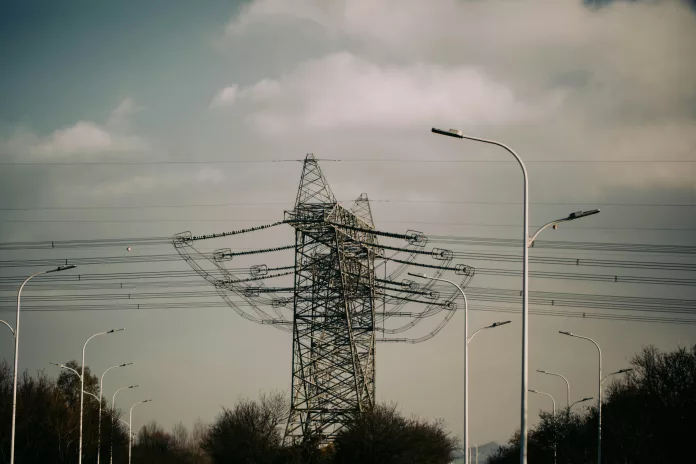Imagine a future where your home is powered by the highest quality wind and solar energy, regardless of where you are in the country. This vision could become a reality thanks to groundbreaking grid planning methodologies that aim to unite remote renewable energy zones with major consumption areas through state-of-the-art, long-range transmission technology.
Unlocking America’s Renewable Potential
Leading this charge, the National Renewable Energy Laboratory (NREL) and the Pacific Northwest National Laboratory (PNNL) have been exploring the financial feasibility of constructing extensive high-voltage transmission corridors. These strategic pathways would seamlessly span hundreds of miles, directly connecting sprawling interregional renewable energy zones (IREZs) — regions abundant with cost-effective, untapped renewable resources — to the densely populated urban centers in need of power.
The researchers’ findings point towards notable economic benefits. The significant savings attributed to low-cost, renewable power production could more than compensate for the investment required to build these expansive transmission networks. Moreover, these IREZ connections promise to improve grid reliability, contributing to a more robust and sustainable national power infrastructure.
The IREZ Blueprint: A Future of Affordable and Reliable Energy
The ongoing research delves into the practicality of utilizing IREZs, which are predominantly situated in regions like the Midwest for wind and Southwest for solar power. Each IREZ is designed with a hub, a consolidation point where energy from multiple renewables converges before being transported via high-voltage direct current lines to various metropolitan demand hotspots.
The adoption of IREZ-based transmission planning implies that one day, states with rich wind energy potential, such as southern Wyoming, could directly supply metropolises like Salt Lake City, Las Vegas, and Los Angeles with affordable, green electricity. Some of these visionary transmission projects are already transitioning from conceptual designs to being actively developed.
Collaboration: The Key to Interconnecting Energy Futures
Constructing IREZ corridors is an endeavor that necessitates extensive cooperation among states. In the past, interregional transmission projects faced greater challenges in obtaining approvals compared to intra-regional proposals. Today, the evolving landscape of the power sector has made such ventures more attractive and feasible.
States that align along a proposed IREZ corridor are encouraged to collaborate, ensuring efficient transmission planning and equitable land compensation strategies. With states paving the way, they can then access further assistance from federal financial, regulatory, and analytical resources.
The study does not overlook the critical aspects of tribal lands, recognizing their crucial role in the development of IREZ corridors. The researchers aim to provide insights that can assist tribal communities in making informed decisions about their participation in this transformative energy shift.
A Bright Future for National Transmission Planning
The IREZ study is but one component of a larger national effort to revamp the United States’ transmission infrastructure. The National Transmission Planning Study (NTP Study), spearheaded by NREL and PNNL with the backing of DOE‘s Grid Deployment Office, is set to shed light on viable options for nationwide transmission enhancements. This initiative is expected to offer comprehensive strategies to drive down emissions while safeguarding system dependability.
Upcoming reports from the NTP Study will complement the IREZ research, addressing regulatory obstacles and elaborating on the extensive benefits of interregional transmission avenues.
In sum, through innovative grid design and cooperative interstate efforts, the vision of a fully interconnected, renewable-powered America inches closer to reality, with the promise of transforming the nation’s approach to energy generation and distribution.

























